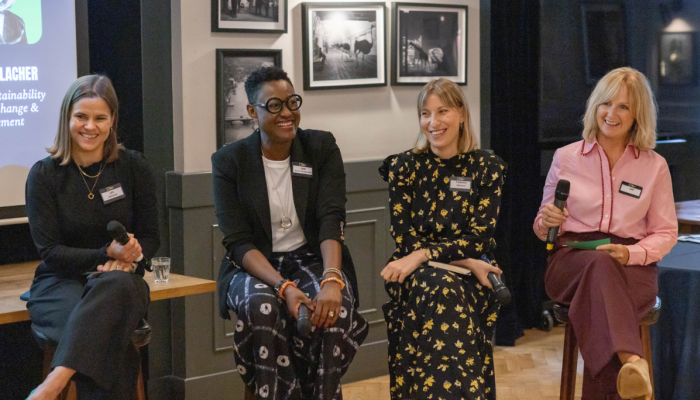It's fair to say that there is a lot of misdirection, miscommunication and misunderstanding about what and how much some companies say they are doing to offer green solutions and how much they are actually doing. And similarly, around the effect digital media has on the environment, despite there being plenty of evidence to show just how potentially ruinous an issue it is.
As Jonathan Wise wrote in his piece for WARC, “advertised emissions rose 11% from 2019 to 2022; from 186 million tonnes of CO2e to 208 million tonnes of CO2e: This means the UK advertising industry now influences 32% of the carbon footprint of every citizen in the UK”.
In short, it’s murky and confusing. No wonder clients are struggling with it.
When you take a second to think, you can very quickly reel off a list of reasons why agencies and advertisers might show reticence in putting their support behind green media.
For example: lack of awareness about the environmental impact of digital media; limited metrics and standards for measuring sustainability; fragmentation in the digital advertising supply chain; a perception of limited consumer demand for sustainability in digital ads;
short-term focus prioritising immediate ROI; lack of regulatory pressure or incentives; technical limitations in implementing sustainable strategies; and insufficient collaboration and knowledge-sharing among industry stakeholders.
There's also an element of difficulty in accurately recording carbon emissions produced by media suppliers and the so-called “walled gardens”.
But when you actually take longer than just a few seconds to think about it, most of these issues are either actively wrong or easily fixed.
One we hear very regularly is that green media will be more expensive but in fact, in most cases, overall campaign costs, including production cuts, become cheaper in the long run if you stop focussing on the short-term ROI.
This short-termism, lack of undertaking and oft-time perpetuation of these pervasive negative assumptions is having a dramatic effect on the take-up of sustainable digital media, and, therefore, the planet.
That is why we believe there needs to be a new wave of transparency and vulnerability in digital media. A way for clients to get a fresh start. To get the right information, the right advice and the right service. Because if we don’t get this right, there is no Plan B.
We say vulnerability because we know we don’t have all the answers and don’t offer 100% green media yet, but we are setting off on that journey and want clients to come with us. And we hope that having the vulnerability to say we don’t have all the answers, will help give clients the courage to take the next step.
They can start by measuring their carbon footprint within their media plans by using carbon calculators. This way, they can measure their impact and make choices to actively reduce their emissions. See, that’s a baby-sized simple first step.
They can also switch to prioritising carbon offset media placements where possible. They can do this by working closely with sell suppliers like Sharethrough and its partnership with Scope 3 to offset carbon emissions produced by digital media placements.
They can take a stronger approach towards efficient experience, faster website speeds, and fewer payloads. Maybe try generating less complex customer journeys to reduce loads and refine digital media assets.
And then look for other specialities within their own businesses that could cut their carbon. Our way of doing this is utilising our expertise in 3D real-time design, such as Unreal Engine. 3D rendering production is hugely more efficient and less taxing on emissions than classic design and production techniques.
As well as being ethically responsible, these approaches offer significant long-term cost savings for campaigns, while simultaneously resonating with consumers seeking brands committed to innovative sustainability practices and achieving Environmental, Social and Governance (ESG) targets.
And with sustainability also increasingly becoming a core value for many consumers, businesses that prioritise it will likely experience increased customer loyalty and repeat business over time, increasing long-term ROI. Furthermore, embracing sustainable media deals presents a unique opportunity to bolster the inventory supply chain and tap into untapped potential and open doors to hitherto unexplored growth areas.
There is also a knock-on effect on employee engagement. Many value working for a company that aligns with their personal values, including sustainability.
With so many positive reasons to do it, and so many ways to start, that confusion and misinformation doesn't actually seem to be so confusing after all.



